"Everything feels much more at home," Frontify’s director of brand on the success of Amazon’s subtle rebrand
We discuss the pros and cons of tweaking vs overhauling a brand identity.
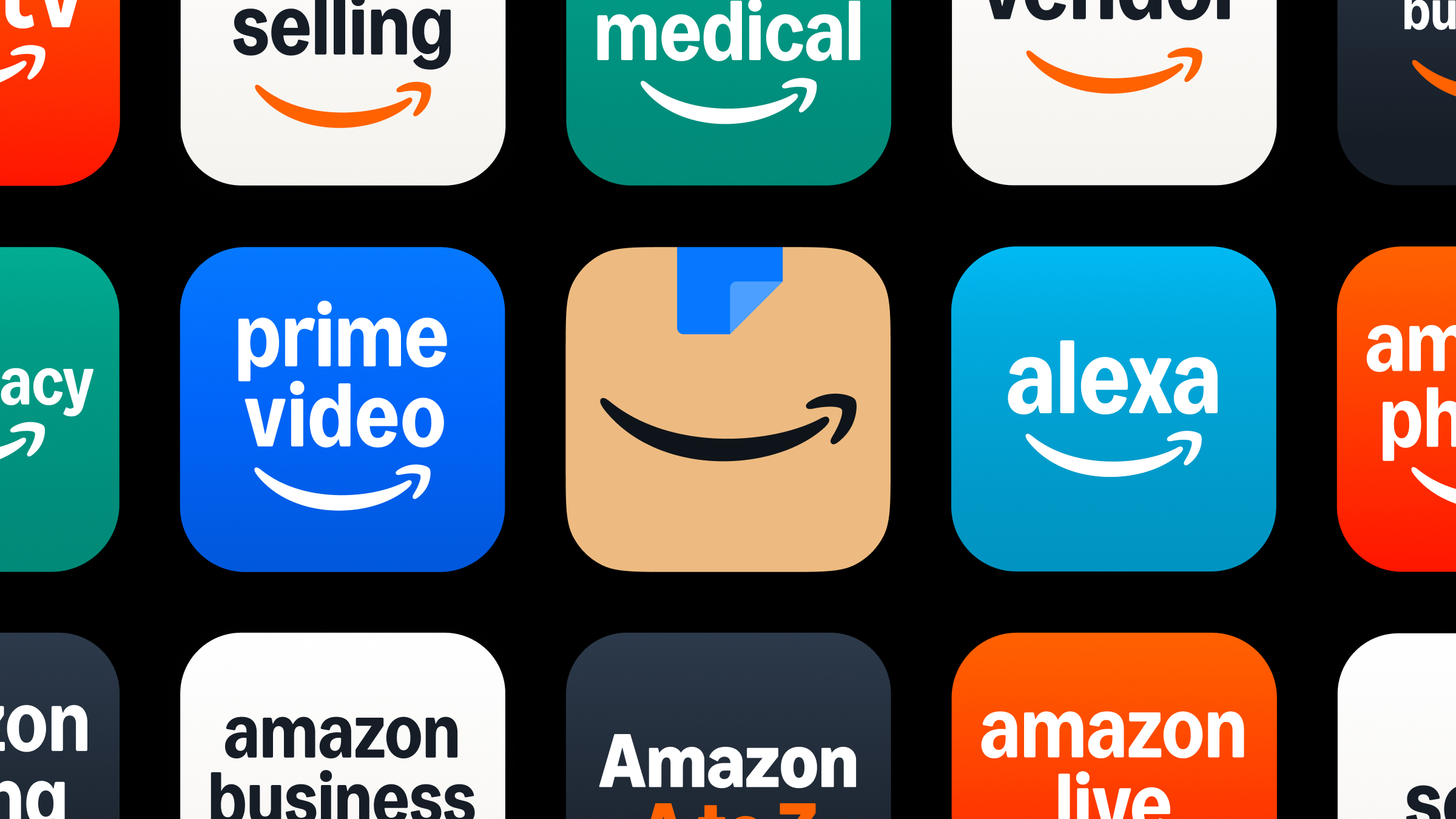
While some brands are still making a splash with big rebrands, there seems to be a quieter trend building – a trend that eschews giant, showy rebrands for smaller, subtler tweaks to an identity.
This week we've seen the likes of Adobe evolve its brand incrementally, and recently it was Amazon that caused a stir by tweaking its brand in a way that many people wouldn't even notice.
For Amazon, design agency Koto unified over 50 sub-brands into one newly refreshed identity, with a refined new logo design, colour palette, typography and visuals.
At the start of the year, we also saw Walmart rebrand subtly, making over the famous spark, tweaking colours and introducing a new typeface.
These refreshes, like bigger rebrands, tend to be divisive. With one big criticism (often from those not in the branding world) that people "can't tell the difference".
To find out more about how subtle tweaks compare to giant brand overhauls, and discuss the pros and cons of each approach, I spoke to director of brand at Frontify James Fooks-Bale, to discover his thoughts on the two approaches.

James Fooks-Bale is the director of brand at Frontify, the industry-leading brand management platform that helps organisations centralise, manage, and scale their brand presence across global teams. With over 20 years of experience, he's helped transform iconic brands including Monotype, Gucci Group, and Burberry through major periods of change.
Why do you think Amazon chose to subtly tweak its brand rather than fully rebrand?
Without knowing the behind the scenes brand strategy and commercial strategy and all the macro layers they're feeding off to make these decisions, it's hard to say why they opted for the more marginal gains approach with this rebrand.
But I would say that their place in the market is substantial – that would be maybe one lever. The fact that they've got a well-known customer experience that is incredibly efficient, easy to use and just super-fast, would probably have factored into it as well. But it was also confidence in the brand and just doubling down on that, and cementing it further in people's minds.

What do you think of the design tweaks?
The bit to me that stood out as the gold was the zoomed out brand architecture level. And I think people can get lost in the touchpoints – a bit of packaging on a box, or what it looks like in an app, but when we zoom out and we look at that brand architecture, I mean, I didn't realise how many brands they actually have. It seems like it's 50 or more, all very, very different from one another.
But in this move they've made, they've managed to really bring a lot of seamlessness, and everything feels much more at home. I think the other byproduct of that is they seem to have lent away from the word Amazon and much more into the assets themselves, like the smile or the typography or the name of the sub-brand, like Prime, which has a beautiful impact in that it gives the sub-brand more time to shine.
It has more impact, but also far more cohesion as you jump from one sub-product over to another sub-product and so on. I think that's a stroke of genius that maybe a lot of people on the receiving end, the public side, might not actually see at that zoomed in asset level. So I’d like to pay homage to Koto and the Amazon team who have done that.
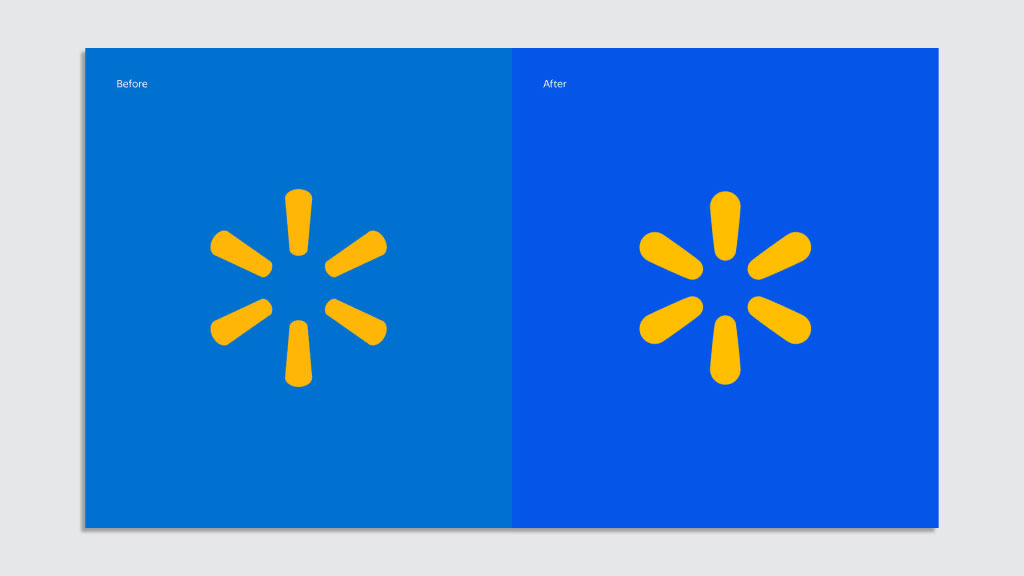
What do you think the trend for subtle rebrands shows us? Is it going to affect other brands?
I think behind the scenes, a lot of brands are doing this all of the time, it's just we're not realising it. In the case of Walmart and Amazon, they've probably taken several years of updating lots of different things along their journey to deal with perhaps geographic stretch or a new category they've had to enter, or a new audience they're looking to address, or just generally keeping up with technology or social trends.
And so all of their ingredients, most likely will have had some sort of evolution take place, whether it's in the icon or the typeface or the colour, or how they put that all together, the recipe for that.
But I believe in this instance, they've probably had several years, maybe five, seven years, of making those evolutions, and now it's reached a point where they say, ‘Let's look at it all holistically. Let's rein it back in, and let's look at how it all works as one cohesive set around the globe, across every touchpoint.’ I think it's basically them cementing that new place with all of those marginal updates in one design system.
And in a way, a rebrand is such a big upheaval for not just the teams creating but also all the teams that they'll need to receive that brand and use that new brand, and the adoption of that. And so [when you’re] making a huge shift, obviously you need to bring a whole culture with you on that journey. Making marginal gains across a lot of different things is perhaps a bit easier to get buy-in, to get sell through, and to get that cohesion in the end for your brand.
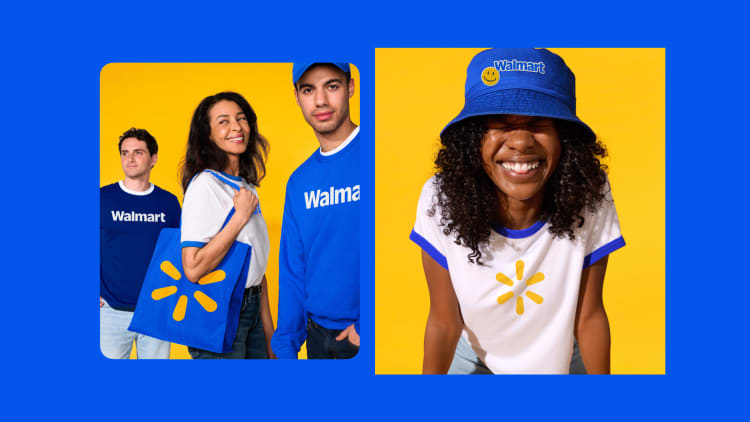
How do you bring culture along with you?
In those sorts of journeys, I would always aim to ask a lot of questions to get the voice of the brand. I'd say that's everybody outside of marketing, everybody outside of the brand, everybody outside of creative, including customers, to really get what ‘A’ to ‘B’ is, where's ‘B’? What is ‘B’? What flag do we need to plant in the sand? And the fact that you've then got everybody's buy-in, or at least that they feel heard, is far easier to get that rolled out.
But I think there's other ways you can do it, with tools, where in a far easier way, with something like Frontify, you can access the latest and greatest there, versus trying to get that PDF from X colleague or Y colleague to know what the latest brand is. Some of it is culturally trying to bring an organisation to a new place through perhaps education, presentations, that kind of thing, and there’s workshops and tech stack adoption as well.
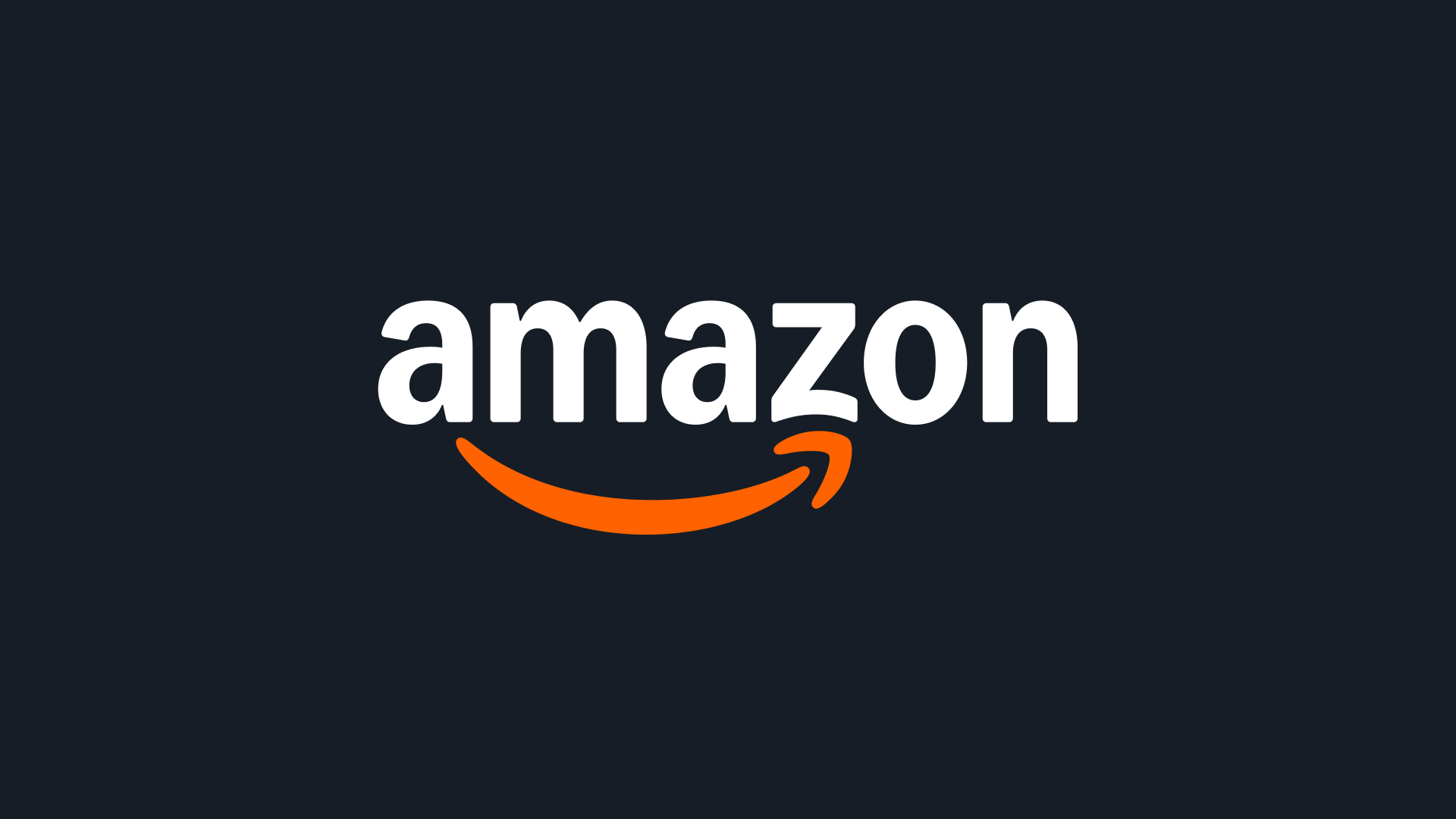
What factors have contributed to trust preservation now becoming key for legacy brand refreshes?
Amazon built, I think, a lot of trust in just how easy it is to get from A to B through their brands and get what you need as quickly as possible, whether that's in the digital experience or whether that's in the follow through of receiving that package or that film or whatever it is that you're looking for.
That trust factor that exists in that experience needs to be looked after, if anything, improved. [It doesn’t need] hurdles or speed bumps, nothing that creates that inefficiency in your journey. So for them, it's about finessing every asset, every touchpoint that you have, and there are many, many of those, so that it just feels familiar, feels easy, feels smooth and trustworthy as well.

Is it less work to do a brand refresh as opposed to a brand overhaul?
I'd say they're probably fairly equal, but on the cultural shift side, ie, let's pull in on Jaguar for a minute – you know where you're really pivoting in a brand new way – there, it would be a lot harder, I would assume, to bring an organisation with you on that journey than it would if you were up levelling in a more marginal way.
Because there's not just a shift in the visual presentation, there's a shift in, normally, the behaviour of that brand that's needed to really align with that new position that they've tried to forge. So unless you brought everybody with you, not just employees, which is massive, obviously, but also your customers, it can feel isolating, I guess, if you don't get that right.
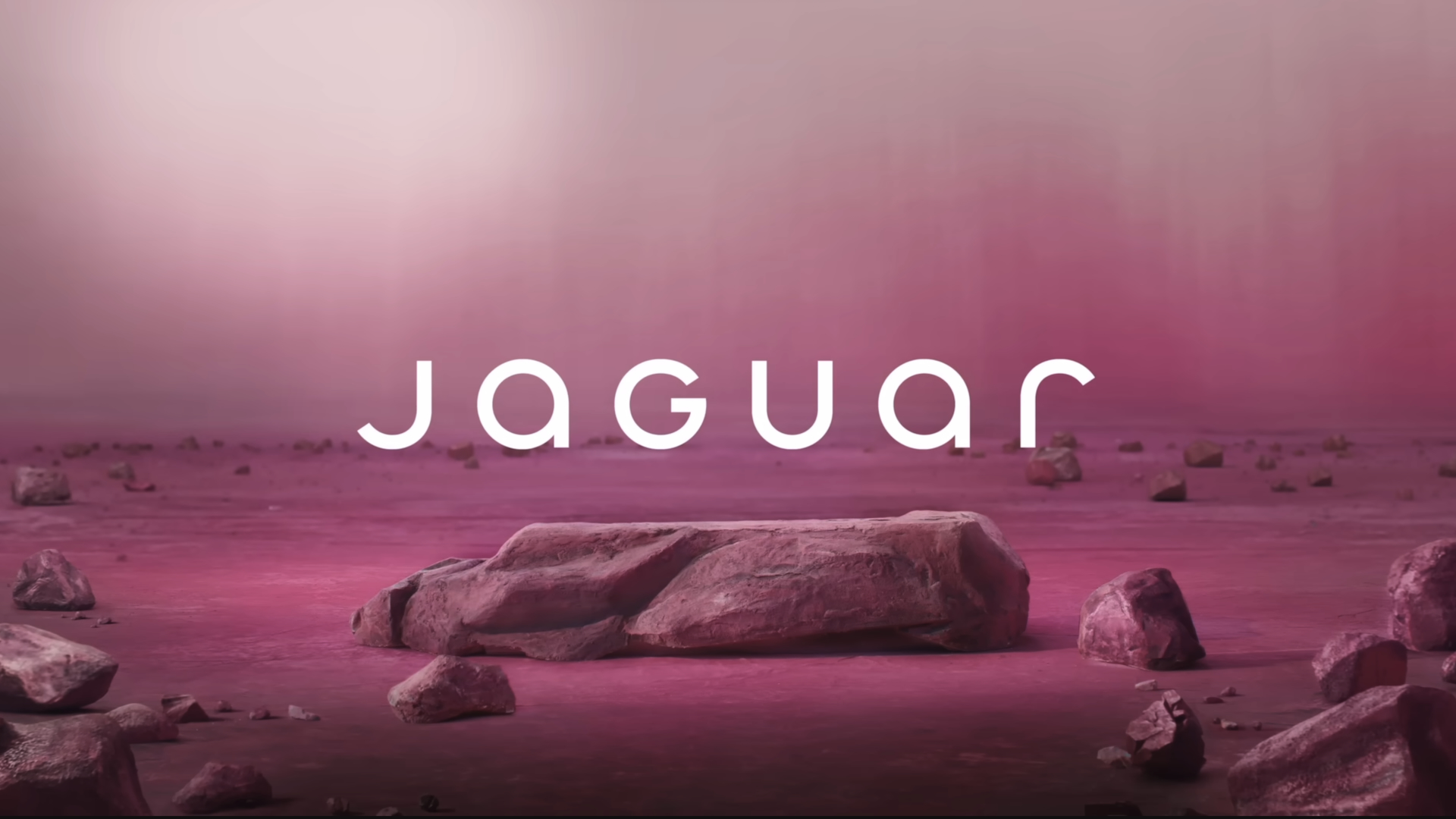
What do brands risk when they make bigger changes? Let's take Jaguar as an example
There's a trade off… I'm assuming in that rebrand, there was a big conversation on who their future audience is, and with that, there was probably also a difficult conversation on where their future audience isn't, and making a really intentional move there, knowing that you may well be isolating some people in the existing audience, and being okay with that, knowing that you're growing this new audience that matters to you more in your future path.
And so there, I would assume age groups, price points, affluence and the position that they were choosing in that rebrand would have had a huge impact in why they made such a pivoting move there.

What sort of risks do brands employ when they make smaller changes?
I would make a bet that nine out of 10 people are probably not going to notice the individual assets that have evolved in the Amazon rebrand in isolation, but over time, through all the various touchpoints that they go through, there will be subliminally a lift in how they perceive that brand, and it will be all the small pieces of the jigsaw puzzle collectively, making that versus one of the individual assets making that.
Ask a type designer, they'll see the difference. Ask a colour expert, they'll see the difference. But to the day to day users of Amazon, I would assume most people would not notice that straight away, but would start to see it evolve over time, and it would just feel a little bit fresher, a little bit newer, and that's enough for Amazon on that journey.
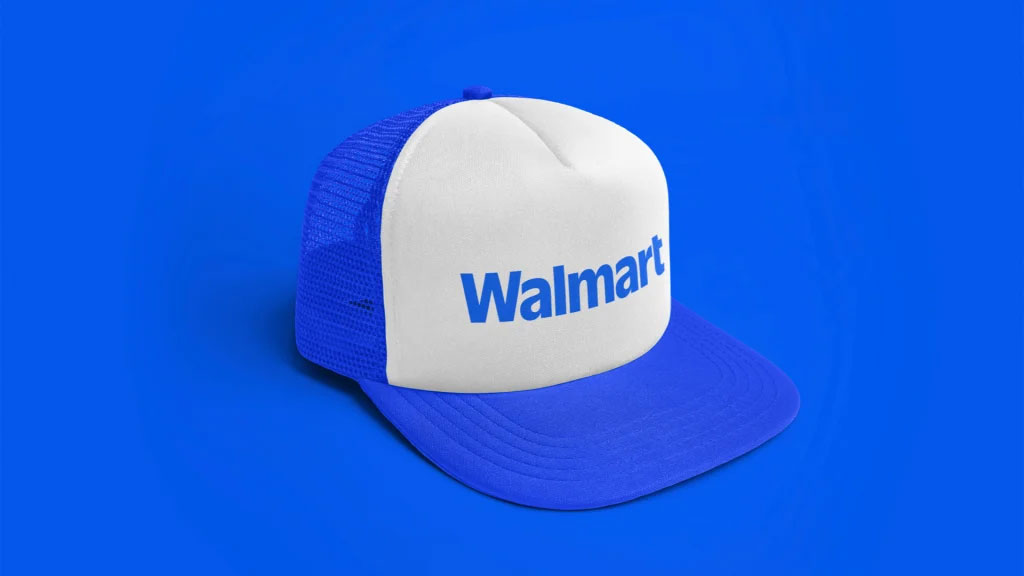
Do you think it matters when you get backlash, ie. people saying they can’t tell the difference?
I think in the end, most rebrands come with some sort of polarisation. And that polarisation tends to exist when people don't see the business reasons and the strategy behind the outcome and they're jumping to their own personal reactions to the outcome, as opposed to the business reasons behind it.
And I think the people that are in these projects and are fully cognisant of what the goals are find it far easier to see their own version of right or wrong, versus someone who might not have that privilege of seeing the reasons behind it. But in this instance, I always think about the brand teams and the people that have been pushing the rocks uphill to convince senior stakeholders we need to do this, or to get the budget in order to do it, or get the commitment of time to really do this right and well.
And then, of course, if it's a pivot and a real shift in org, then [there's] the uphill struggle they'll have in convincing everyone around them that this is the new flag that we've got to plant in that ground. So I always think about this as brand champions in these moments that are kind of pushing these rocks uphill, versus the public reaction.
Find out more about Frontify.
Daily design news, reviews, how-tos and more, as picked by the editors.

Rosie Hilder is Creative Bloq's Deputy Editor. After beginning her career in journalism in Argentina – where she worked as Deputy Editor of Time Out Buenos Aires – she moved back to the UK and joined Future Plc in 2016. Since then, she's worked as Operations Editor on magazines including Computer Arts, 3D World and Paint & Draw and Mac|Life. In 2018, she joined Creative Bloq, where she now assists with the daily management of the site, including growing the site's reach, getting involved in events, such as judging the Brand Impact Awards, and helping make sure our content serves the reader as best it can.
You must confirm your public display name before commenting
Please logout and then login again, you will then be prompted to enter your display name.
